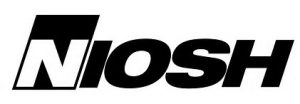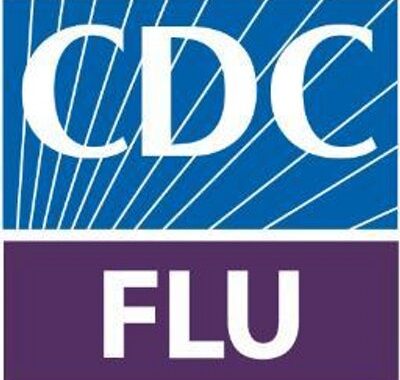In late 2025, the U.S. Centers for Disease Control and Prevention (CDC) made a major…
NIOSH Update on Nitrous Oxide in Dentistry
 Nitrous oxide (N2O) is a weak anesthetic gas used with oxygen during dental treatment, commonly used to control pain and anxiety in dental patients. A recent news release by the National Institute for Occupational Safety and Health (NIOSH), a Division of the Centers for Disease Control and Prevention (CDC), reported that a recent NIOSH study found that use of primary engineering controls (i.e., nasal scavenging mask and/or local exhaust ventilation (LEV) near the patient’s mouth) were widely used to prevent N2O exposure, but adherence to other N2O control measures was lacking.
Nitrous oxide (N2O) is a weak anesthetic gas used with oxygen during dental treatment, commonly used to control pain and anxiety in dental patients. A recent news release by the National Institute for Occupational Safety and Health (NIOSH), a Division of the Centers for Disease Control and Prevention (CDC), reported that a recent NIOSH study found that use of primary engineering controls (i.e., nasal scavenging mask and/or local exhaust ventilation (LEV) near the patient’s mouth) were widely used to prevent N2O exposure, but adherence to other N2O control measures was lacking.
Examples of inadequate control measures included:
- Not checking N2O equipment for leaks.
- Starting N2O gas flow before the mask is applied to the patient.
- Not turning off the N2O gas flow before turning oxygen flow off to the patient.
- Lacking standard procedures to minimize occupational exposure to N2
- Lacking training on safe handling and administration methods.
The study included a survey of 284 dental practitioners who administered N2O to adult and pediatric patients in the seven days prior to the survey and who were in private practice.
Health Effects of Nitrous Oxide Exposure
Exposure to nitrous oxide has been shown to decrease mental performance, audiovisual ability, and manual dexterity. While controversial, evidence also suggests that adverse reproductive effects can result from chronic low-dose exposure to N2O.
Nitrous oxide is listed on California’s Proposition 65 List as a reproductive hazard. Offices using nitrous oxide AND having 10 or more employees must post a warning sign with specific verbiage for patients and employees. The sign is available for our OSHA Review subscribers on our website.
Occupational Exposure to Nitrous Oxide in Dentistry
Dental employees are potentially exposed to N2O during administration to patients. Evidence has shown that uncontrolled exposures to N2O can exceed 1000 parts per million (ppm). Previous NIOSH research conducted demonstrated that adequate controls such as regular equipment maintenance, ventilation, and work practices can effectively reduce N2O concentrations in dental operatories below legally allowable exposure limits.
To Prevention Occupational N2O Exposure…
- Inspect and maintain the anesthetic delivery system to prevent N2O leaks in hoses, connections, and fittings.
- Supply N2O scavenging exhaust masks in many sizes to fit comfortably and securely over the patient’s nose or face.
- Ensure that the scavenging system vents N2O away from the work area preferably to an unoccupied or outdoor area.
- Use general ventilation and local exhaust ventilation as needed to effectively maintain low N2O exposures.
- Conduct area and personal exposure monitoring of airborne N2O to ensure controls are effective.
- Make sure your employees are properly trained on how to use nitrous oxide, as well as compressed gases, safely, to minimize personal exposure to the odorless gas.
Since 1992, OSHA Review, Inc. has provided dental professionals with comprehensive programs to support regulatory compliance and infection control. We are a registered continuing education provider in the state of California, specializing in Dental Practice Act, infection control, and OSHA training.



